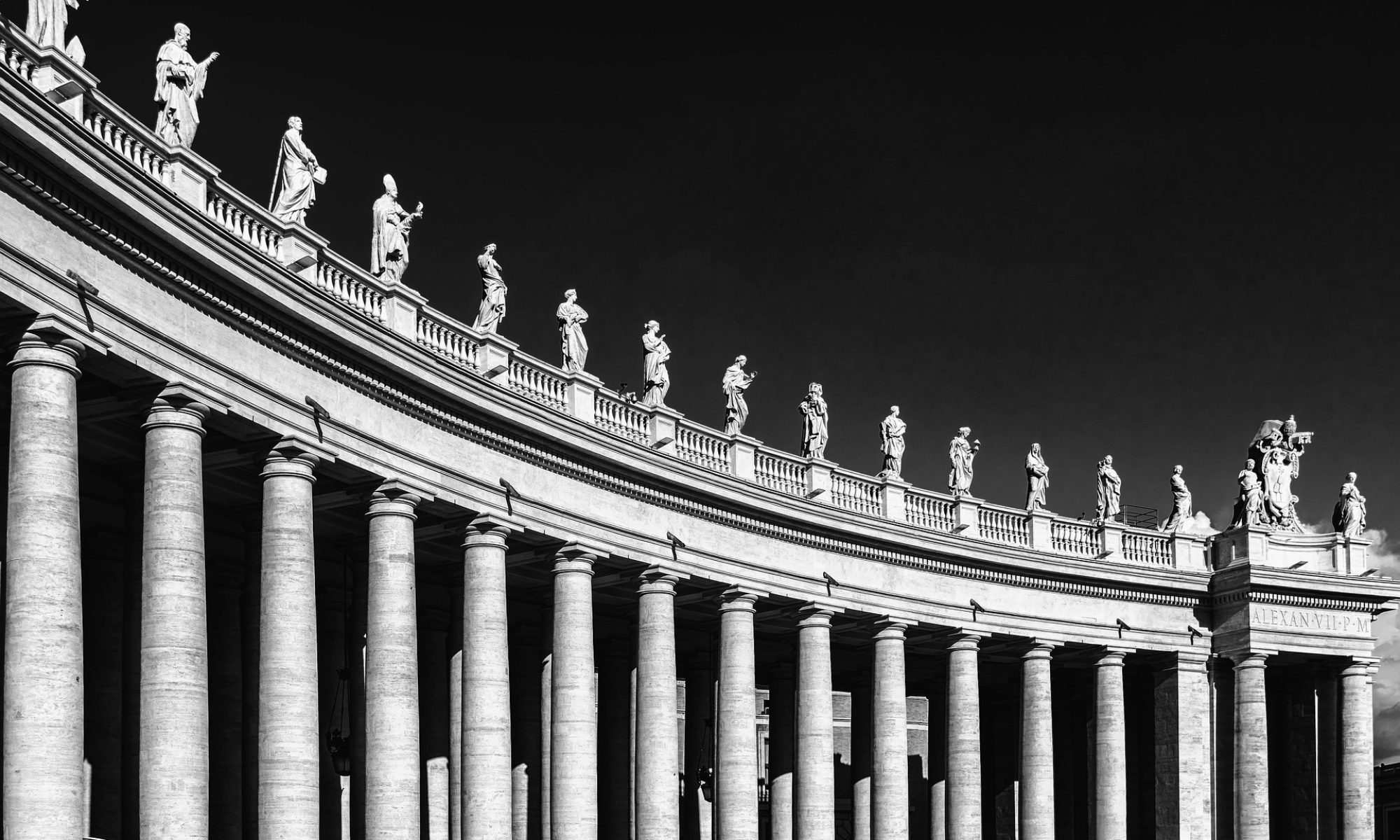December 20th, 2013
The fact that Pope Francis gives interviews to both the religious and secular press is no longer a surprise. Time magazine chose him as “man of the year” because of his more relaxed and open approach to the media. This attitude was expressed in an interview that was published in the Italian daily newspaper La Stampa on 15th December. The conversation began with a reflection on Christmas but then proceeded to other topics including interesting comments on the Pope’s views on Christian unity.
Is Christian Unity a Priority for You?
It was this question that was abruptly posed to Pope Francis during his interview with La Stampa. He responded with the following: “Yes, for me ecumenism is a priority. Today there is an ecumenism of blood. In some countries they kill Christians for wearing a cross or having a Bible and before killing them they do not ask them whether they are Anglican, Lutheran, Catholic or Orthodox. Their blood is mixed. To those who kill we are Christians. We are united in blood, even though we have not yet managed to take necessary steps towards unity between us and perhaps the time has not yet come … Those who kill Christians don’t ask for your identity card to see which Church you were baptized in. We need to take these facts into consideration.”
These are important words that take into account what happens around the world. Christians who are persecuted in different minority situations belong to different churches and traditions, but they are persecuted mainly because their public faith stirs opposition. Their ecclesiastical identity is definitely secondary. More than their attachment to a church (whatever it might be), what comes first is their allegiance to Christ and His Gospel. It is their personal faith as followers of Jesus that incites persecution against them. In the global world, the neat denominational distinctions and ecumenical complexities make very little sense. The heart of the matter is the heart of the Gospel.
What is Unity Based On?
There is still something to be said about what the Pope states concerning the “ecumenism of blood”. It seems that while recognizing the astonishing reality of Christians being persecuted, notwithstanding their secondary labels, the Pope still thinks about unity in terms of the old Roman Catholic and ecumenical categories. When he refers to “baptism” as marking the Christian identity he echoes the mainstream idea in ecumenical circles, i.e. that Christian unity is based on baptism. According to this view, to be baptized means to be Christian and thus to be united with God and with other Christians. This is the standard Roman Catholic doctrine (e.g. Unitatis Redintegratio 3.22) and ecumenical teaching (e.g. the 1982 Lima Report entitled Baptism, Eucharist and Ministry).
The ecumenism of blood is instead based on a personal faith in Jesus Christ. It is not opposed to baptism, of course, but it is not based on it. It is likely that some of these martyrs are not even baptized or do not formally belong to any historic Christian church. Yet they are believers in Jesus Christ and this is what really counts for their salvation and our unity as a whole as a body of believers. On the other hand, many who are baptized and are canonically members of a religious institution are not Christian at all. The phenomenon of nominalism in the West demonstrates that one can be baptized and yet be totally opposed or indifferent to the Gospel and its message. Christian unity is not based on baptism, but on a personal faith in Jesus Christ. Those who are united are those who are Christian believers in the biblical sense.
Re-thinking Ecumenism
The ecumenism of blood should serve as an encouragement in the re-thinking of our theology concerning Christian unity, beyond sentimental accounts of the persecuted Christians and towards a better Biblical grasp of what is means for the Church to be “one, holy, catholic and apostolic”. According to Vatican II and subsequent magisterial teaching, Christian unity is threefold: professing the same faith, celebrating the same Eucharist, and being united under the same sacramental ministry in apostolic succession in submission to the Papal office. Paradoxically, this understanding of unity is one of the greatest obstacles to Christian unity because it derives unity from a sacrament administered by a church and confuses unity with being under a specific religious institution. The martyrs that the Pope refers to do not fit this definition of unity, and yet they are nonetheless considered to be truly unified Christians.
The ecumenism of blood shows that these dimensions are not necessary for real unity to take place. Instead they only serve as additional burdens and add-ons. Pope Francis has, however, rightly emphasized the reality of the ecumenism of blood. But time will tell whether or not his “ecumenical priority” will stop paying lip-service to it or will instead encourage him to think of ecumenism beyond mere ecumenical stereotypes and towards more biblically warranted patterns. The unity of these martyrs with the Roman Catholic Church may be “imperfect”, but their unity with Christ is perfect and this is what really matters.
